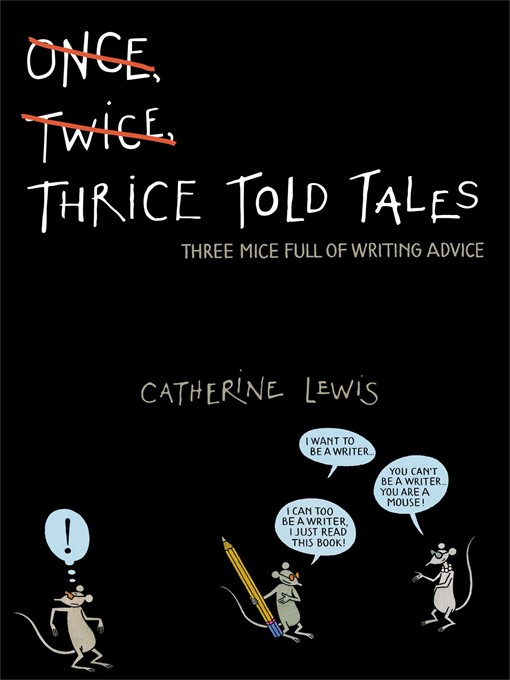- Disability Pride
- No wait, no problems
- What's new?
- Popular titles
- Check these out!
- Classic Reads for Classic Teens
- Manga for Teens
- See all ebooks collections
- Audio - Grab these now!
- June is for Pride!
- No wait, no problems
- What's new?
- Popular titles
- Check these out!
- See all audiobooks collections
- You may have missed these....
- Best of the Best 2019
- Romance
- Rainbow Reads
- Best of the Best 2020
- Sci-Fi and Fantasy
- New Twists on the Classics
- Sports!
- Halfway to Halloween
- See all other lists collections





